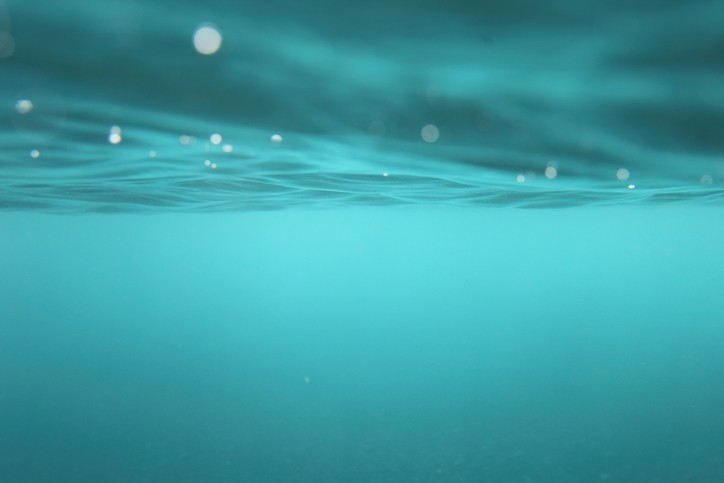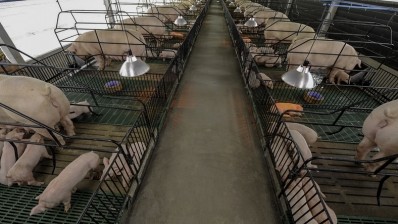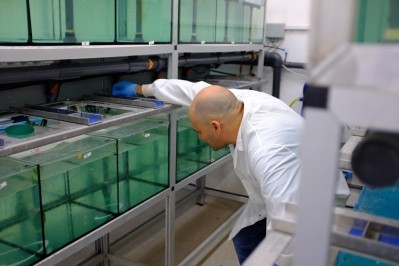Cargill championing the use of regen-ag practices for aqua feed raw materials

This is Cargill’s 14th year in reporting on its progress, with this latest publication focusing on supply chain, operations, and product performance. “Our disclosure commitment started back in 2009, when EWOS published its first sustainability report."
Cargill produces aquaculture feeds at 40 facilities; 19 of these factories, across 12 countries, are dedicated to aquafeed production and are the focus of the report. “The remaining 21 facilities are outside the scope of this report. They are primarily livestock feed or premix production sites, and their combined aquafeed output accounts for less than 5% of our total aquafeed production.”
Its coldwater mills produce feed for salmonid species, while its warmwater mills serve shrimp, tilapia, and other species.
Raw material innovation
Aquaculture’s carbon footprint mainly stems from the mix of raw materials in the feed. Cargill highlighted how last year it teamed up with eight UK farms to pilot climate-friendly regenerative agriculture practices to achieve a 1,000-ton carbon reduction. Its goal for 2023 is to sign up more farmers and avoid over 10,000 tons of emissions.
“Regenerative agriculture aims to restore the soil’s health and resilience, using techniques like low- or no-tilling, planting cover crops to prevent runoff and oxidation, crop diversity, and pollinator strips. As a result, the soil becomes a carbon sink instead of a source of emissions, reducing the carbon footprint of crops grown in it.”
The company said its work to improve the sustainability of marine ingredients continued last year, with it buying certified fishmeal and oil as before, but with an increased engagement in fishery improvement programs (FIPs) to develop more sustainable management and fishing practices, and an increase in the use of fishery by-products as feed ingredients.
“As well as working to create more credible and time-bound FIPs in our supply chain, we have also worked with WWF and Finance Earth to develop a new fund for future FIPs. At the same time, we continue our work to develop and use more fishery by-products as feed ingredients. Over the last 20 years, we reduced our use of marine ingredients for the average global salmon feed composition by nearly 80%. In 2022, 41% of our total marine ingredients by volume were sourced from trimmings, as opposed to forage fish. In addition, 91.4% of the marine ingredients for our coldwater feeds were from certified or improvement program sources.”
Taking plastic out of the environment
The company is also focused on advancing the use of alternative ingredients like insect meal and algae oil, for instance, to help expand its raw material basket, with the goal of producing more feeds sustainably, as well as developing better feed packaging solutions that keep many tons of plastic out of the environment.
“We have started using bags that contain 15% less plastic in Vietnam. These bags, used for our Nurcare and Aquaxcel brands, will keep tens of tons of plastic waste and thousands of tons of carbon out of the environment over the next few years. We will continue to bring our plastic use down through similar initiatives for other brands and markets.”
It also reported that, in 2022, sales of its functional feeds reached their highest level since 2017. Those feeds are designed to maintain fish health and reduce the need for medication like antibiotics through the boosting of the animals’ immune systems under stressful conditions.
Gender parity
Last year also marked another year of progress toward gender parity, said the agribusiness giant.
“Women representation in our overall workforce, in management and administration, and in senior management increased significantly. The number of women on our global aqua leadership team (4 of 11) remained unchanged.”


















